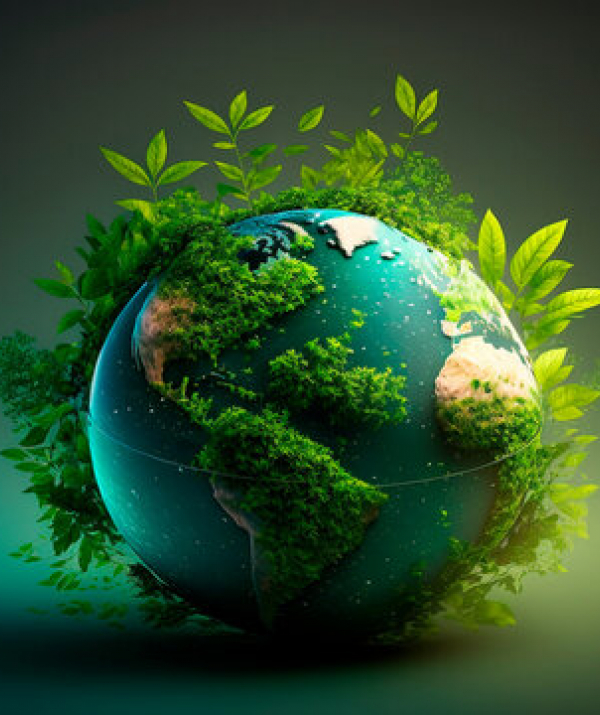Mất lòng trước, được lòng sau. (Better the first quarrel than the last.)Tục ngữ
Để có đôi mắt đẹp, hãy chọn nhìn những điều tốt đẹp ở người khác; để có đôi môi đẹp, hãy nói ra toàn những lời tử tế, và để vững vàng trong cuộc sống, hãy bước đi với ý thức rằng bạn không bao giờ cô độc. (For beautiful eyes, look for the good in others; for beautiful lips, speak only words of kindness; and for poise, walk with the knowledge that you are never alone.)Audrey Hepburn
Chúng ta không học đi bằng những quy tắc mà bằng cách bước đi và vấp ngã. (You don't learn to walk by following rules. You learn by doing, and by falling over. )Richard Branson
Sự ngu ngốc có nghĩa là luôn lặp lại những việc làm như cũ nhưng lại chờ đợi những kết quả khác hơn. (Insanity: doing the same thing over and over again and expecting different results.)Albert Einstein
Chúng ta không thể giải quyết các vấn đề bất ổn của mình với cùng những suy nghĩ giống như khi ta đã tạo ra chúng. (We cannot solve our problems with the same thinking we used when we created them.)Albert Einstein
Chúng ta có lỗi về những điều tốt mà ta đã không làm. (Every man is guilty of all the good he did not do.)Voltaire
Chúng ta không có khả năng giúp đỡ tất cả mọi người, nhưng mỗi người trong chúng ta đều có thể giúp đỡ một ai đó. (We can't help everyone, but everyone can help someone.)Ronald Reagan
Những ai có được hạnh phúc cũng sẽ làm cho người khác được hạnh phúc. (Whoever is happy will make others happy too.)Anne Frank
Lửa nào bằng lửa tham! Chấp nào bằng sân hận! Lưới nào bằng lưới si! Sông nào bằng sông ái!Kinh Pháp cú (Kệ số 251)
Sự thành công thật đơn giản. Hãy thực hiện những điều đúng đắn theo phương cách đúng đắn và vào đúng thời điểm thích hợp. (Success is simple. Do what's right, the right way, at the right time.)Arnold H. Glasow
Chớ khinh tội nhỏ, cho rằng không hại; giọt nước tuy nhỏ, dần đầy hồ to! (Do not belittle any small evil and say that no ill comes about therefrom. Small is a drop of water, yet it fills a big vessel.)Kinh Đại Bát Niết-bàn
Trang chủ »» Danh mục »» »» Lion's Roar »» Thich Nhat Hanh’s Love Letter to the Earth »»
 Xem Mục lục
Xem Mục lục 

DO NXB LIÊN PHẬT HỘI PHÁT HÀNH
Mua sách qua Amazon sẽ được gửi đến tận nhà - trên toàn nước Mỹ, Canada, Âu châu và Úc châu.
Quý vị đang truy cập từ IP 216.73.216.60 và chưa ghi danh hoặc đăng nhập trên máy tính này. Nếu là thành viên, quý vị chỉ cần đăng nhập một lần duy nhất trên thiết bị truy cập, bằng email và mật khẩu đã chọn.
Chúng tôi khuyến khích việc ghi danh thành viên ,để thuận tiện trong việc chia sẻ thông tin, chia sẻ kinh nghiệm sống giữa các thành viên, đồng thời quý vị cũng sẽ nhận được sự hỗ trợ kỹ thuật từ Ban Quản Trị trong quá trình sử dụng website này.
Việc ghi danh là hoàn toàn miễn phí và tự nguyện.
Ghi danh hoặc đăng nhập